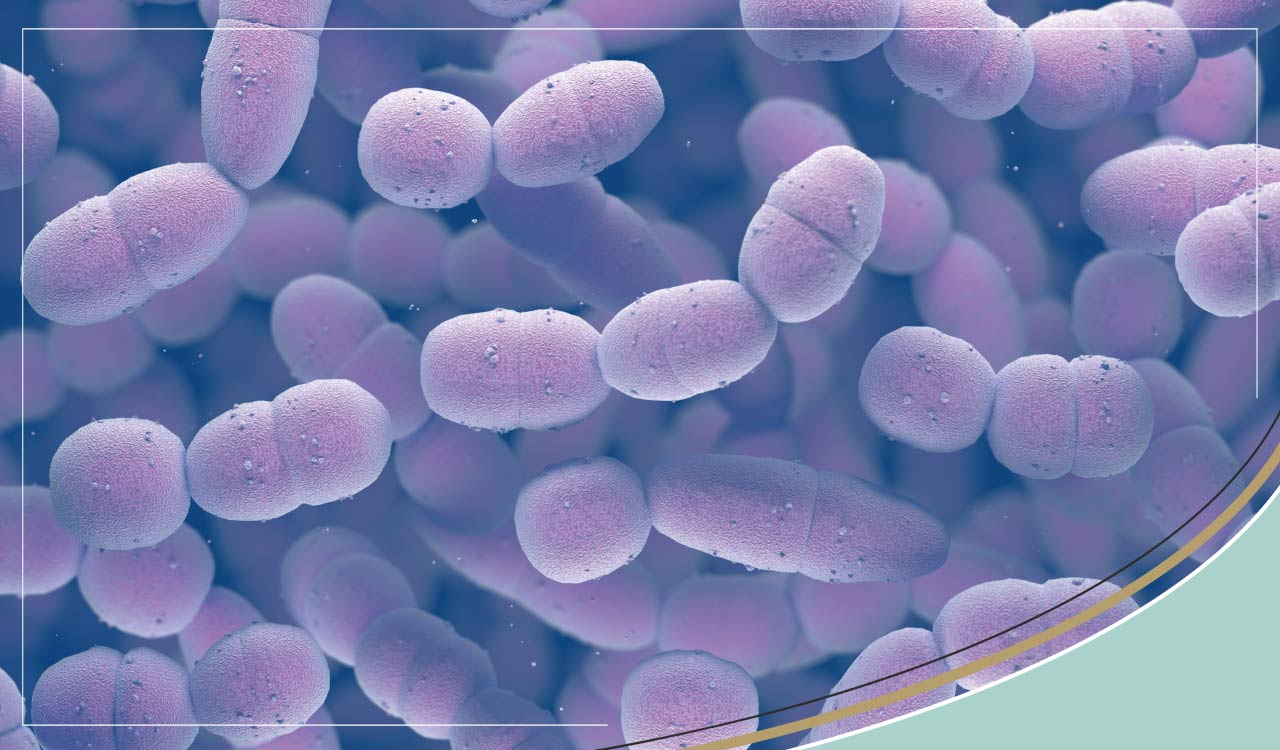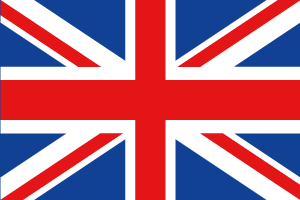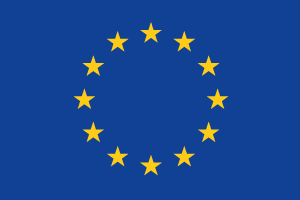Thrush - Candida Albicans

Thrush is a common side-effect of antibiotics, but there's a lot you can do at home to regain control of the fungus that naturally lives in your gastrointestinal tract. Eliminating sugars and other dietary changes will starve the fungus, forcing it to retreat, and a healthy diet will help maintain the fungus at normal levels.
Thrush is the common name for a yeast infection; an overgrowth of a pathogenic yeast named Candida Albicans. It is often associated with embarrassing genital problems, bad breath, fatigue, itchiness, swelling and discharge, and for some, it becomes a more serious chronic and debilitating illness.
It develops in warm, moist areas of the body such as the genitals, throat, mouth and in the folds of skin. Candida spores grow rapidly, upsetting the balance of the microbiome and the resulting lack of friendly bacteria wreaks havoc with our digestive system and our overall long term health.
Given the right conditions, the candida fungus changes from its normal single-celled organism to a thread-like form. Similar to the furry structures that grow on moldy bread or the top of the jam. It then penetrates your gastrointestinal tract and enters your bloodstream. You now have 'leaky gut', and your partially digested food molecules can enter your bloodstream and trigger allergic reactions.
Candida also ferments sugary foods causing bloating and flatulence. It can irritate the lining of your gastrointestinal tract, causing spasms and cramps, and is less able to assimilate food, leading to constipation or diarrhea. Candida also produces increasing quantities of toxic by-products, which can lead to physical and even mental symptoms of illness .
Causes of Thrush
If you've taken antibiotics to treat an infection, there's a good chance Candida Albicans has invaded other parts of your body. More accurately, the Candida that naturally lives harmlessly in your body has grown out of control. The antibiotics have destroyed the good bacteria that would normally help keep the fungus in check, leaving you with a weakened immune system, and you are probably symptomatic as a result.
Other main causes are: high levels of blood sugar; dry, damaged or irritated skin; certain types of medication; and smoking.
Diagnosis / Testing for Oral Thrush at Home
A simple home test will tell you if you have Oral Thrush. Surprisingly accurate, just spitting in a glass of clean water will give a good indication of the presence of candida. If you have candida, several thin strands of spit will develop from the spittle within a few seconds. If you don't have candida, the strands won't develop and the saliva will remain afloat above the water.
If you test positive, you can take immediate action to reduce your Candida back to a normal level. Changing your diet and boosting your immune system can help reduce the candida back down to manageable levels.
Types of Thrush
Symptoms of Oral Thrush in Men & Women (Oral Candidiasis)
- A nasty taste in the mouth.
- Gas or bloating.
- Chronic Diarrhea.
- Acid Re flux.
- Sluggish metabolism.
- Chronic Fatigue.
- Bad breath.
- Redness or bleeding inside the mouth.
- Creamy white coloured tongue, rising from the esophagus.
- Cracks at the corners of the lips (angular cheilitis).
- Painful and sore mouth (can include the throat).
Symptoms of Genital Thrush in Women (Candida Albicans)
- Vaginal pain.
- Soreness and irritation, topical or internal.
- White curd discharge.
- White fungal spots around the vagina.
- Reddening of the vulva.
- Itching around the vulva (infectious vaginitis).
- Swelling of surrounding tissues.
- Indigestion from candidiasis (leaky gut syndrome)
- Arthritis like symptoms.
- Sudden weight loss or gain.
- Tiredness.
- General malaise.
- Pain during intercourse.
Symptoms of Genital Thrush in Men (Candida Balanitis)
- Reddening or swelling or soreness of the glans the male genitals.
- Itching around the tip of the male genitals.
- Discharge beneath the foreskin.
- Nasty odour.
- Pain during urination.
- White curd-like appearance on the skin.
Symptoms of Systemic Candida (Invasive Candidiasis)
Systemic Candida refers to a yeast infection which has spread to multiple locations rather than being localized to one part of the body.
- Athlete's foot or toenail fungus.
- Chronic fatigue or fibromyalgia.
- Digestive issues such as bloating, constipation, or diarrhoea.
- Concentration problems poor memory, ADD, ADHD, brain fog.
- Eczema, psoriasis, hives, and other skin rashes.
- Mood swings, anxiety, and or depression.
- White/black patches in the mouth.
- Vaginal infections/ vaginal itching.
- Allergies or itchy ears.
Dietary Changes
- Eliminate all sugar and alcohol from the diet. Candida feeds on sugar. This may prove to be difficult, as just about all processed food, including most bread, biscuits, fruit juices and fizzy drinks, contain either natural or added sugar. And you'll probably be craving sugar.
- Eliminate out all foods that contain yeast, or have been fermented or pickled. These include yeast extract, stock cubes, most bread, alcoholic drinks, cheese, black tea, and anything containing vinegar.
- Cook with coconut oil and coconut milk, both high in Caprylic Acid and Lauric Acid. These acids destroy the yeast cell wall, causing it to die.
- Eat plenty of salad, fish, poultry, meat and fresh non-starchy vegetables. Avoid potatoes, parsnips and carrots.
- Try to obtain organic poultry and meat to avoid antibiotic residues.
- Eliminate grains, which will convert to sugars, feeding the candida.
- Increase sour foods such as acidophilus, apple cider vinegar, Greek yogurt and kefir, and bitter foods such as cauliflower, artichokes, broccoli, lemons and limes.
- When preparing meals, include liberal amounts of garlic, ginger, olive oil, and herbs such as rosemary, thyme, marjoram and lemon balm - all of which have strong anti-fungal properties.
Home Remedies
- For Oral Thrush, use a baby's toothbrush to brush most of the white coloured build up from your tongue. Rinse and Repeat.
- Two tablespoons of coconut milk, twice a day, has been suggested as a possible home remedy.
- Take good quality Probiotic to help replenish friendly bacteria. Introducing good bacteria will help overpower the Candida, reducing their numbers back to normal levels.
- A little bicarbonate soda in a sitz bath is soothing, as is natural yoghurt or coconut oil on the delicate outside tissues.
- Wild Oregano Oil can be very effective as a temporary measure.
- Consider information on using 3% hydrogen peroxide as suggested in this clinical research.
Prevention
Thrush is a commonly reported side effect of antibiotics. If you've been prescribed antibiotics for cystitis, using D'Mannose as a preventative, may result in less dependency on antibiotics, resulting in less episodes of candida overgrowth.
Avoid over-indulging in sugary foods and alcohol, especially around the festive season and maintain a healthy lifestyle to keep your immune system strong.
Maintain high standards of personal hygiene, including bathing, washing your hands, brushing your teeth and changing your underwear regularly. Avoid douching which can upset the natural balance of bacteria. Try to quit smoking, and remain well hydrated.
Use unscented, chemical free tampons and pads, and never keep them in for longer than 8 hours. Chemicals can upset the pH and the natural balance of your bacterial flora.
 Free Shipping on orders $70+ USD
Free Shipping on orders $70+ USD
 Courier & USPS Deliveries Available
Courier & USPS Deliveries Available
 Read Thousands of Independent Reviews
Read Thousands of Independent Reviews


















